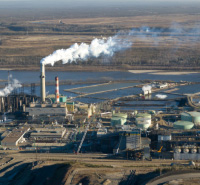When I first saw the headline of this next site, I thought: can this be? I had heard of actual corn cob houses in rural America. They are basically slatted walls filled in with corn cobs and then finished inside and out. They are sort of a variation of hay bale houses. But this is way different.
http://www.livingoffgrid.org/building-a-cob-house/
Building a Cob House
By Off Grid Ebert
In a time in which we are increasingly hearing scary statistics about the fate of our planet, the way forward in the field of sustainable, green building may just be to go backward. This is certainly the case for people demonstrating a growing interest in building earthen homes and structures using an ancient method known as cobwork or cobbing. Cobbing, believed to have originated in the Maghreb as early as the 11th century, spread into wide usage across many parts of the rest of Europe as the main building style for homes. The name of this style of building comes from the word cob, which is the name of the building material itself, formed of a mixture of earth (such as clay, sand, and other soil), straw, and water. Despite what the materials may imply, this substance, when dried, is fireproof. It is also inexpensive, and naturally cool in the summer heat and relatively easy to heat in the winter.
Many homes built of this material centuries ago still stand and remain in use. Pictured here to the left is a cob house in England, believed to have been built in the late 1700s. (Photo by Tim Green, http://www.flickr.com/photos/atoach/4927564858/) These homes typically have thatched roofs, while small but efficient fireplaces with chimneys provide warmth when the weather is cold.
The appearance and texture of cob varies from region to region, depending on the available natural resources and their characteristics. As such, cob is one of the most versatile building materials on earth. It can be molded and shaped into whatever form is framed by the builder.
:}
Go there and read. More tomorrow.
:}






